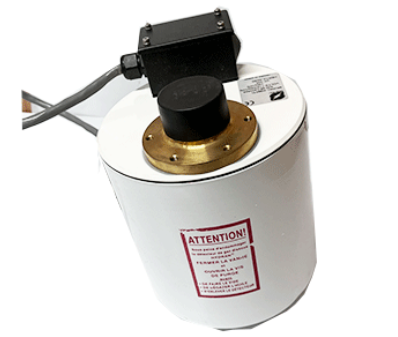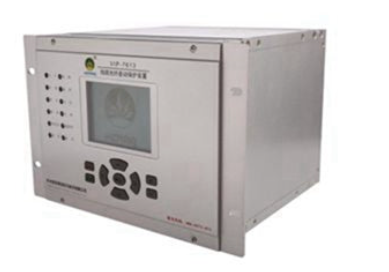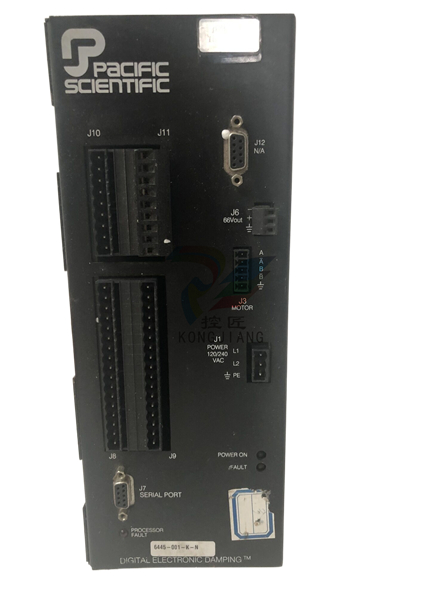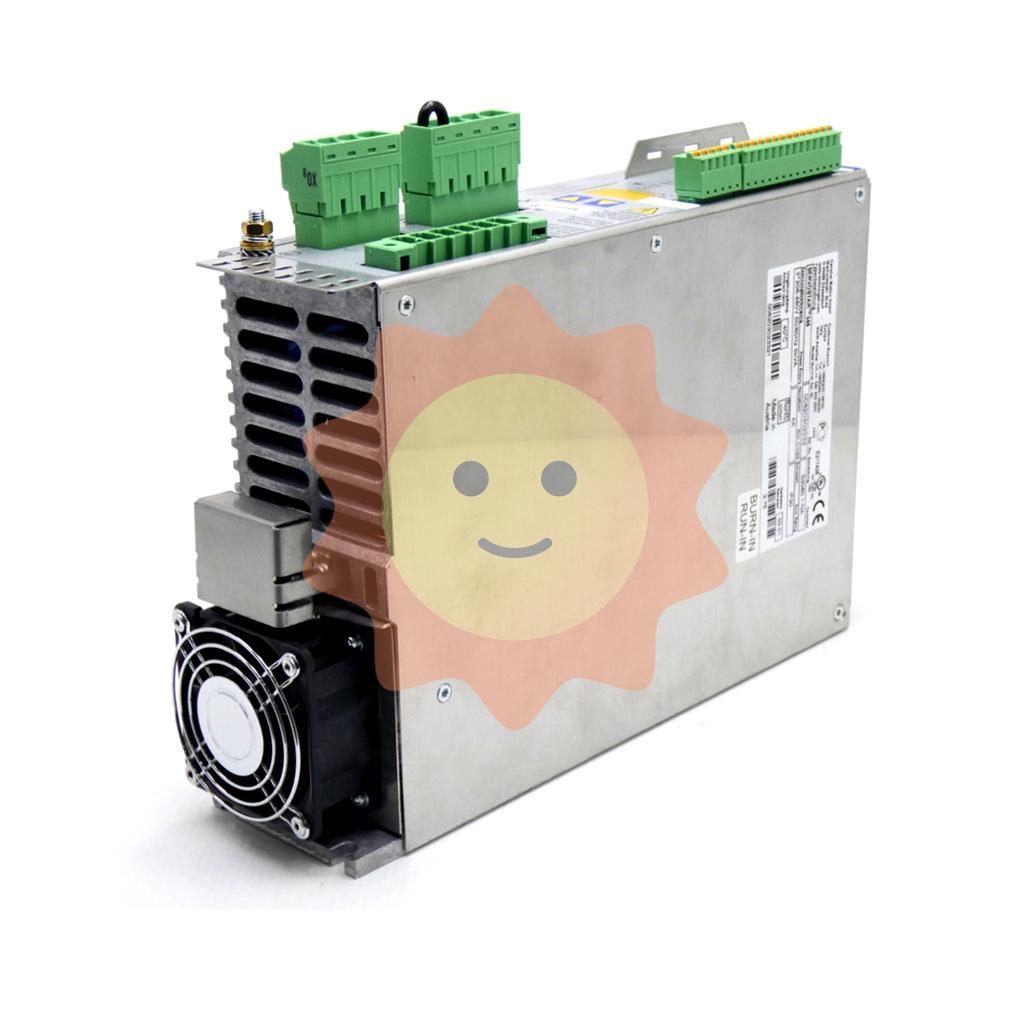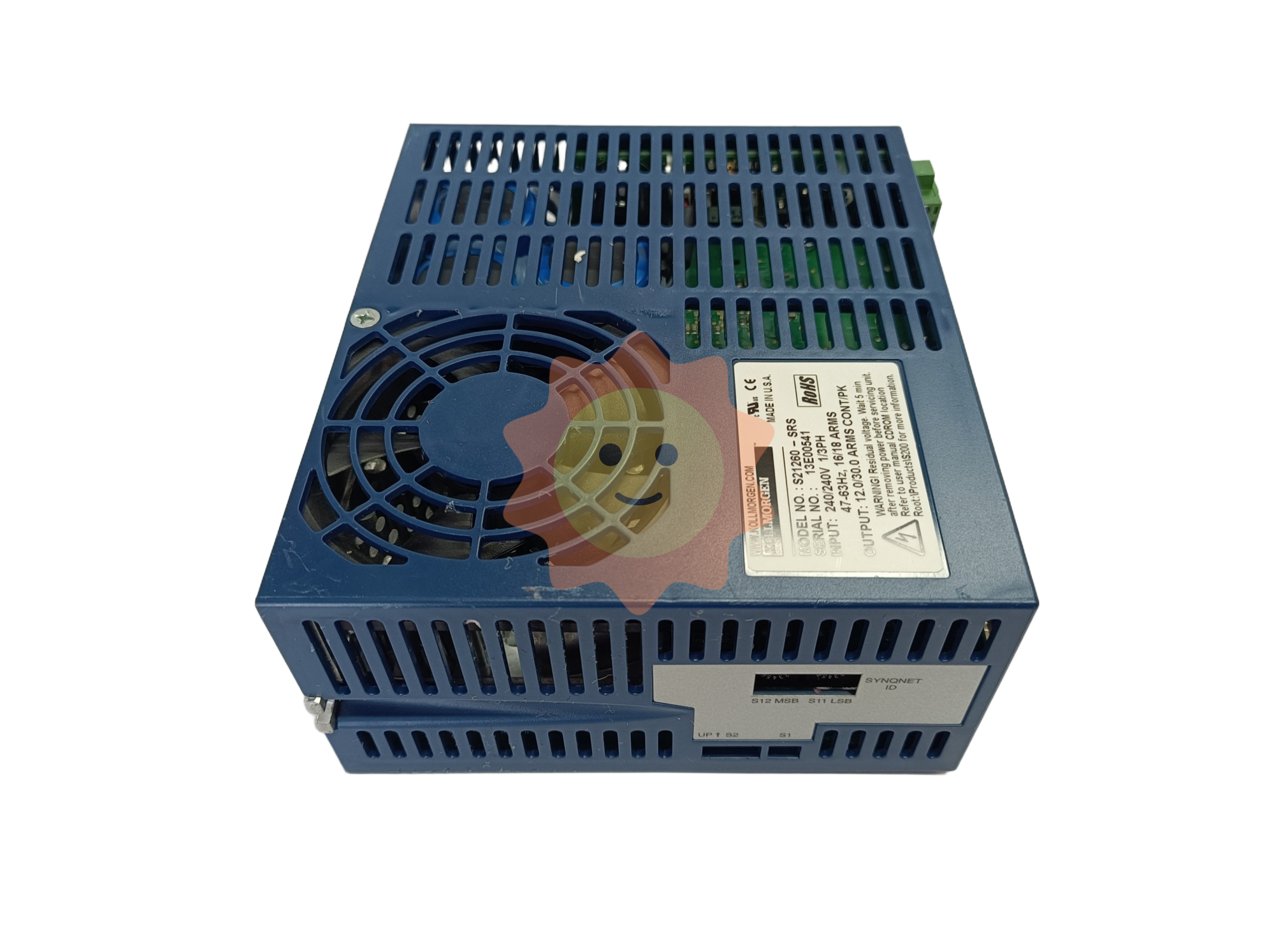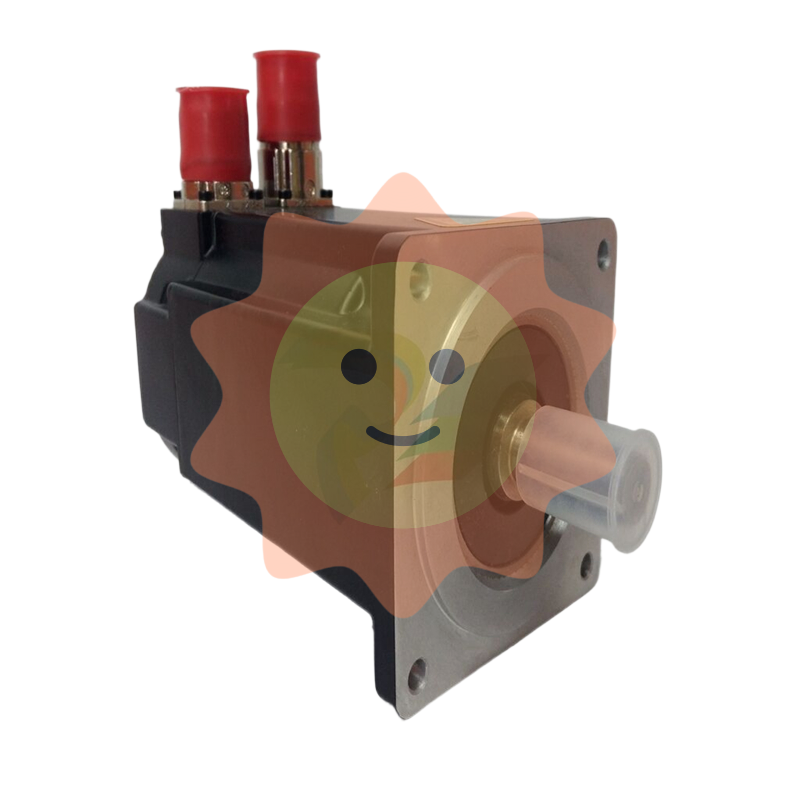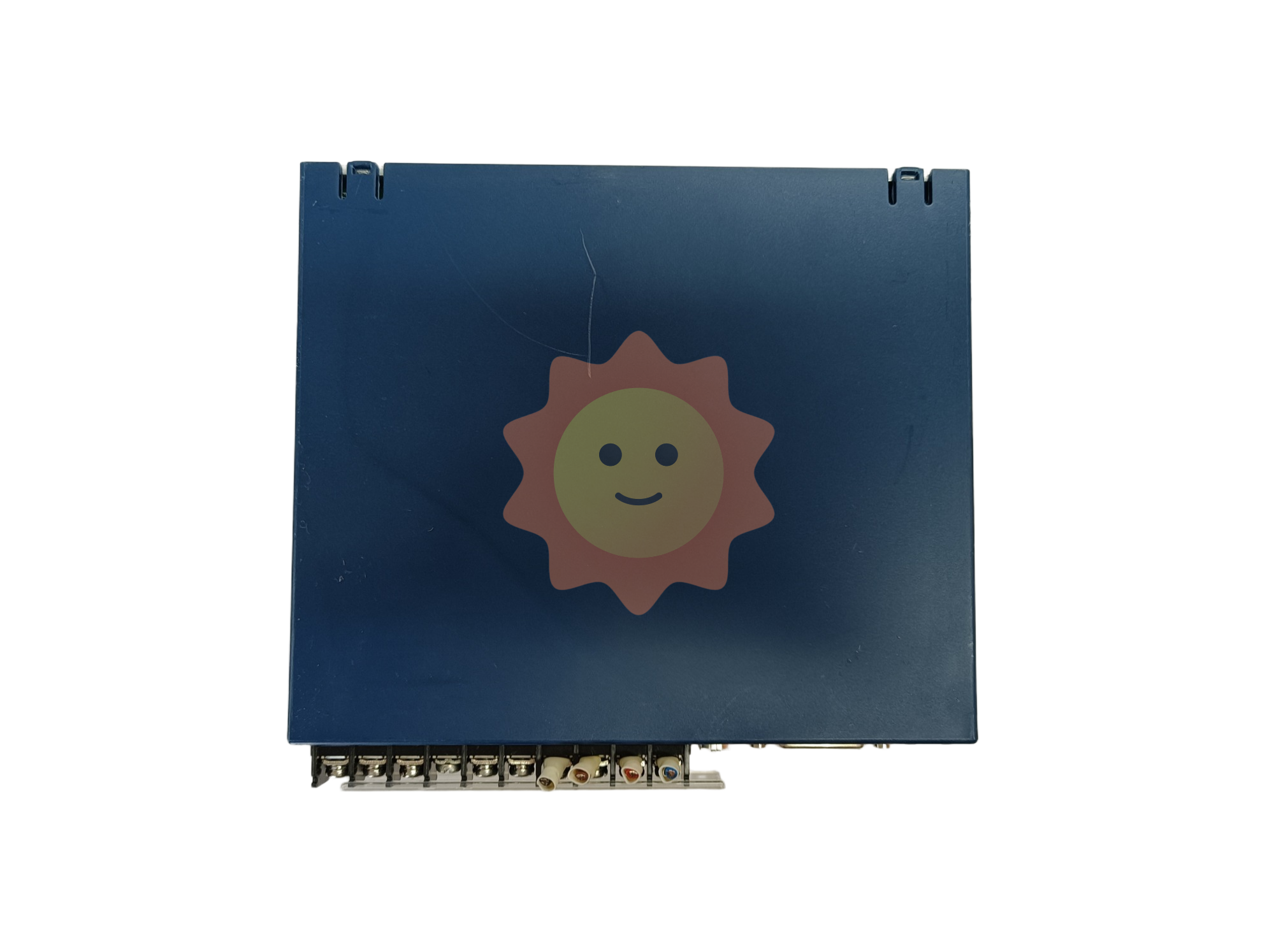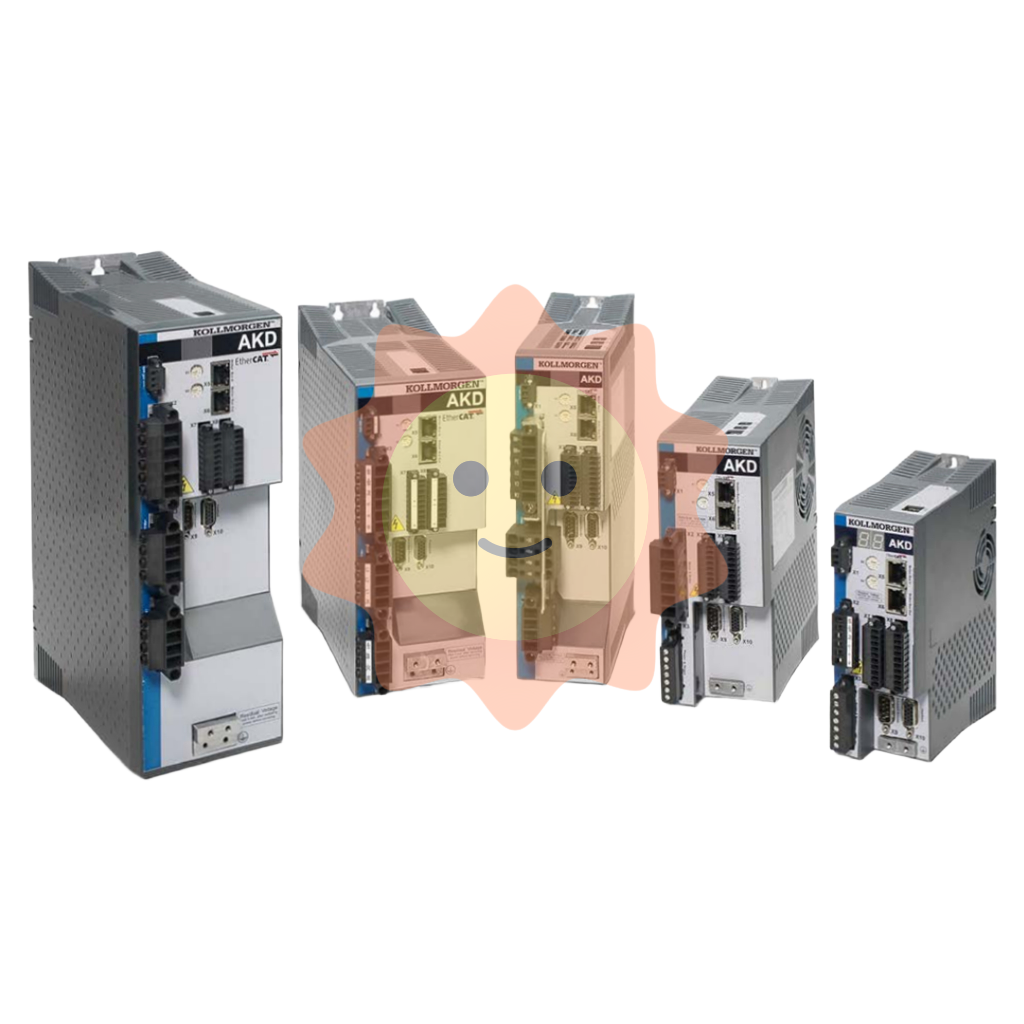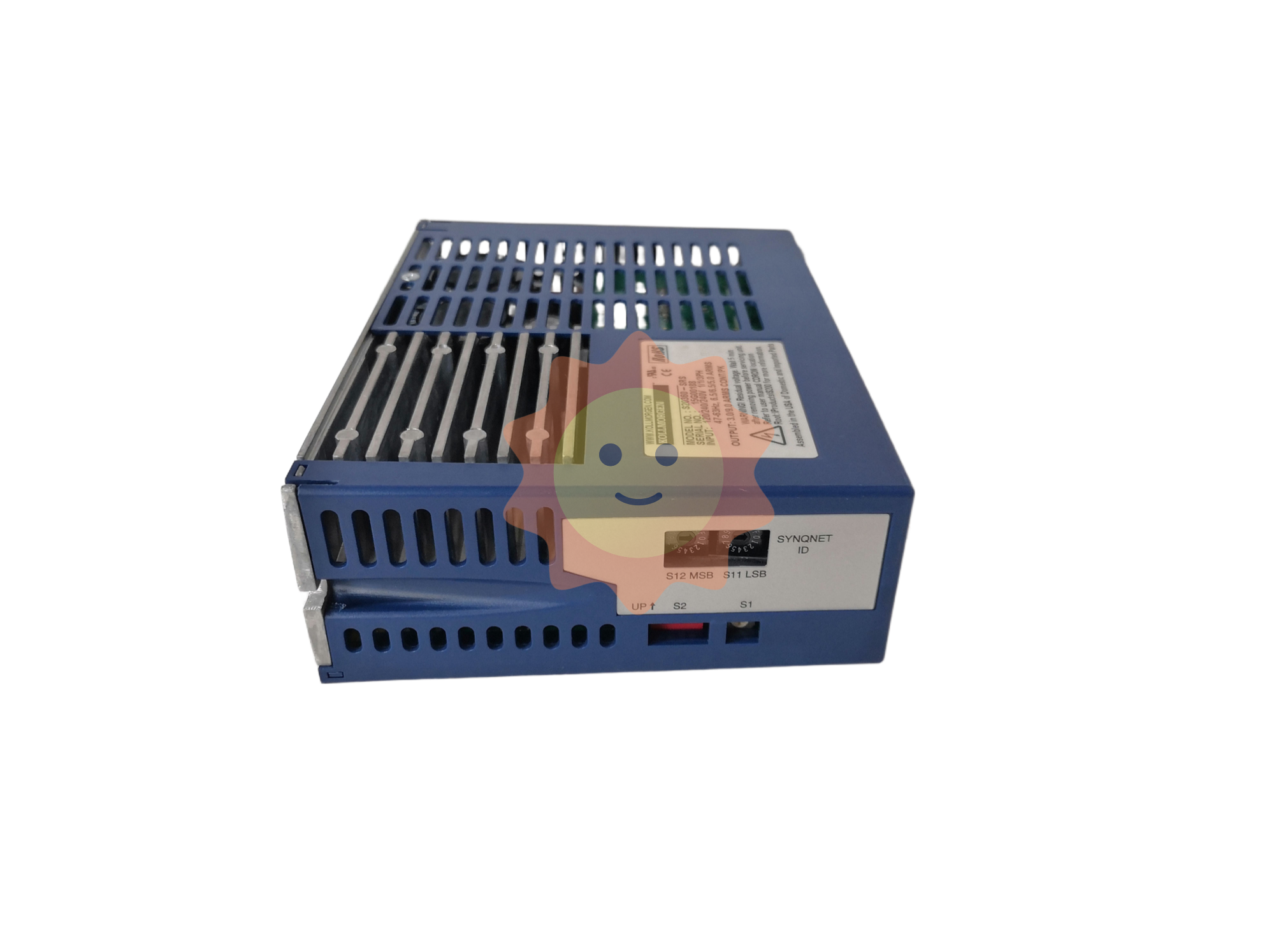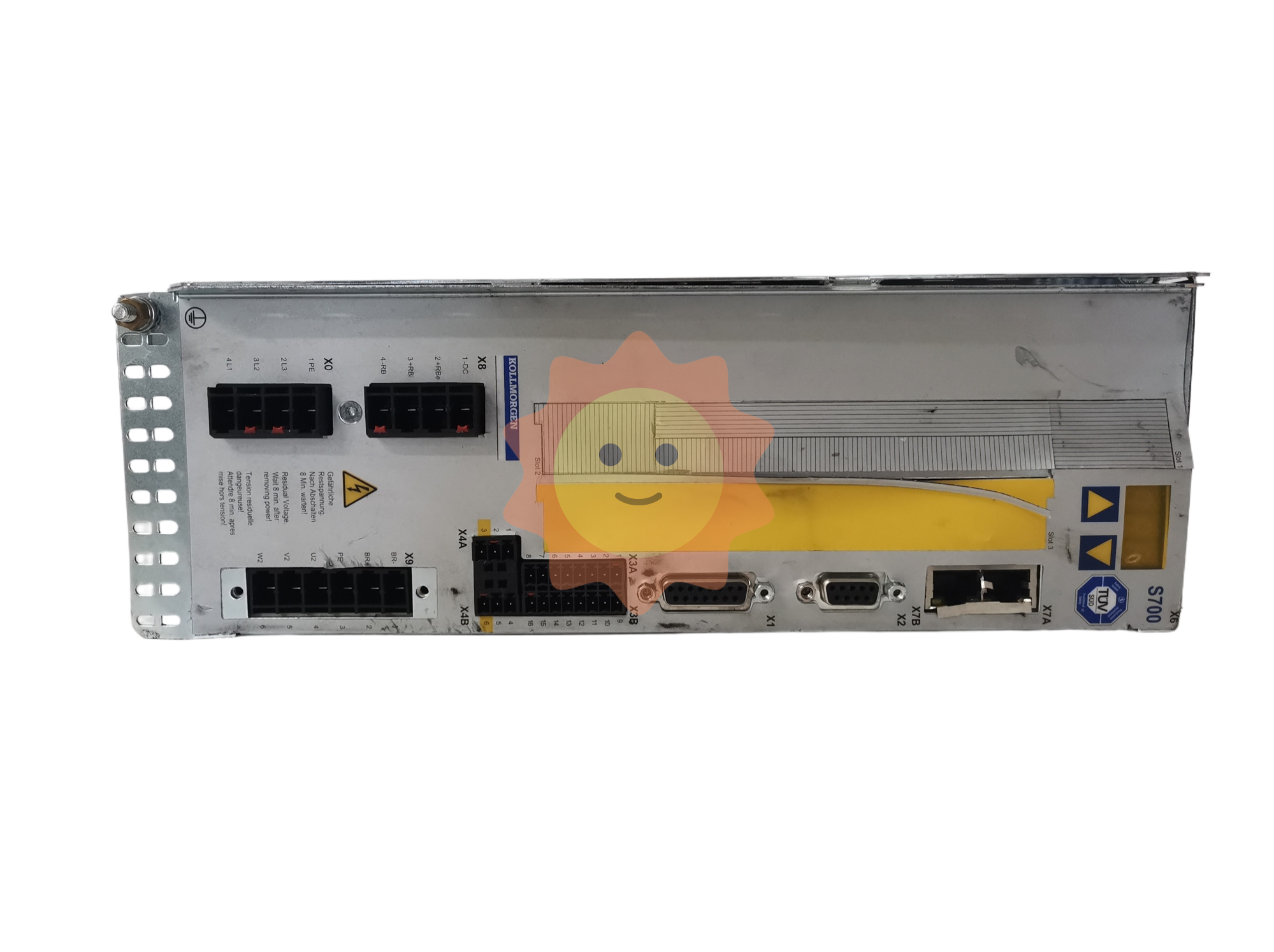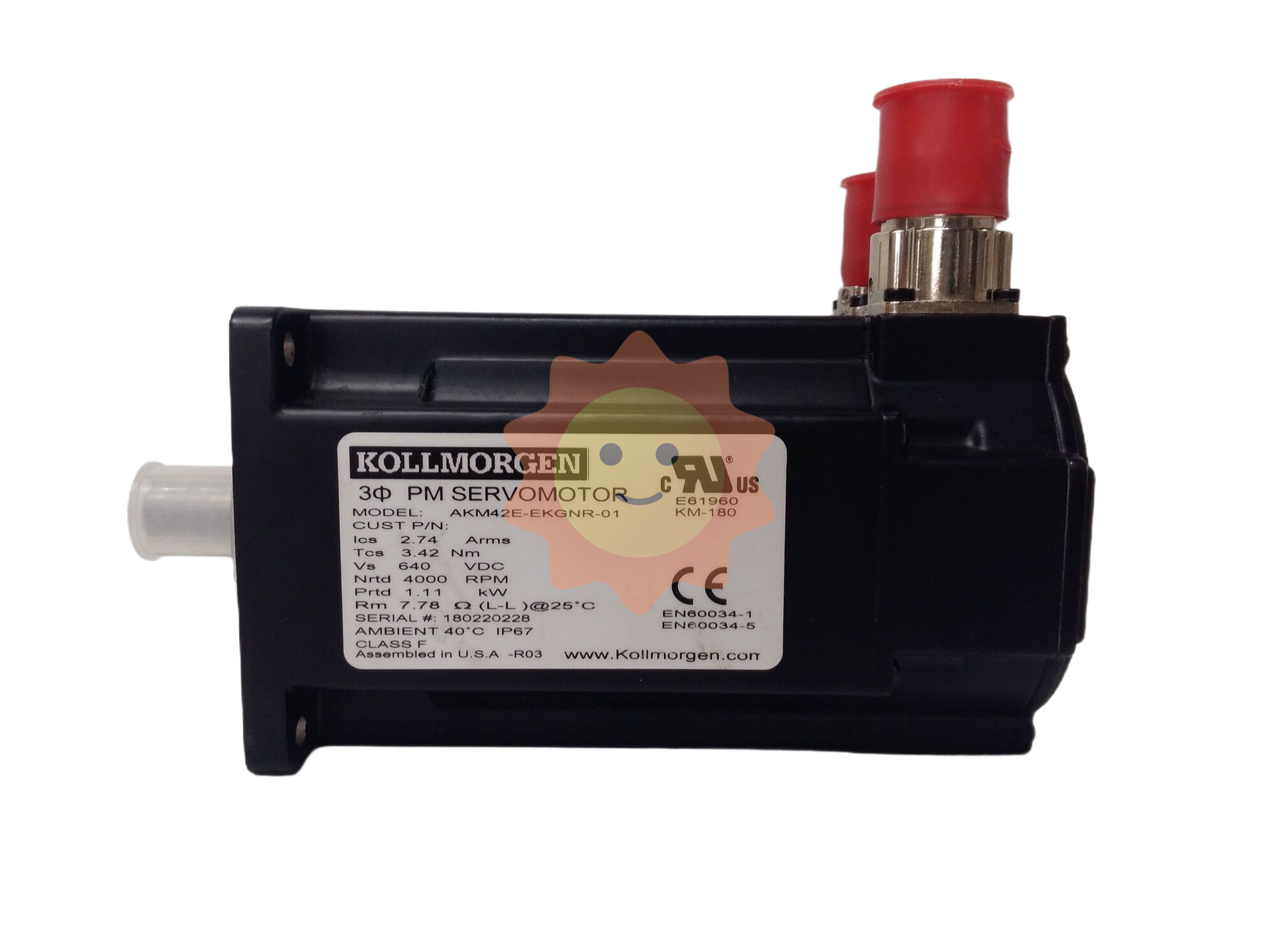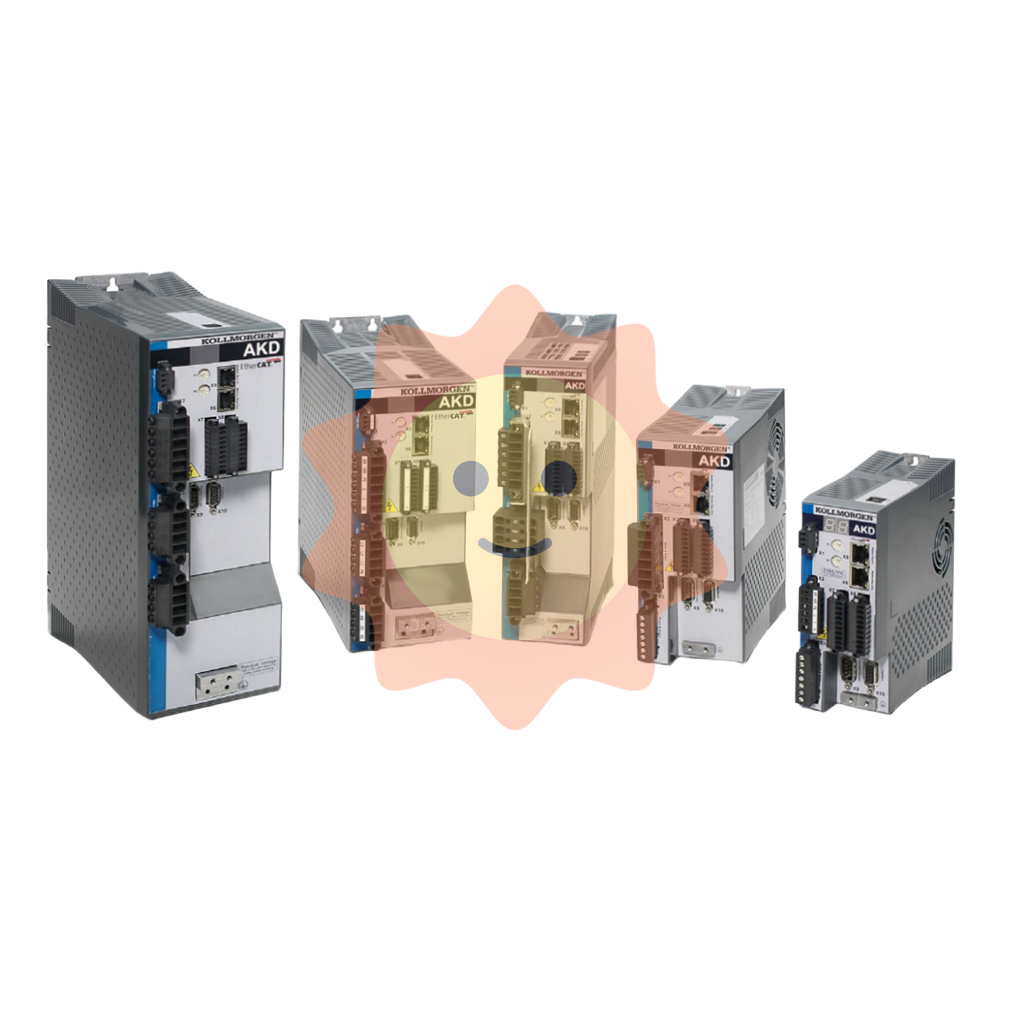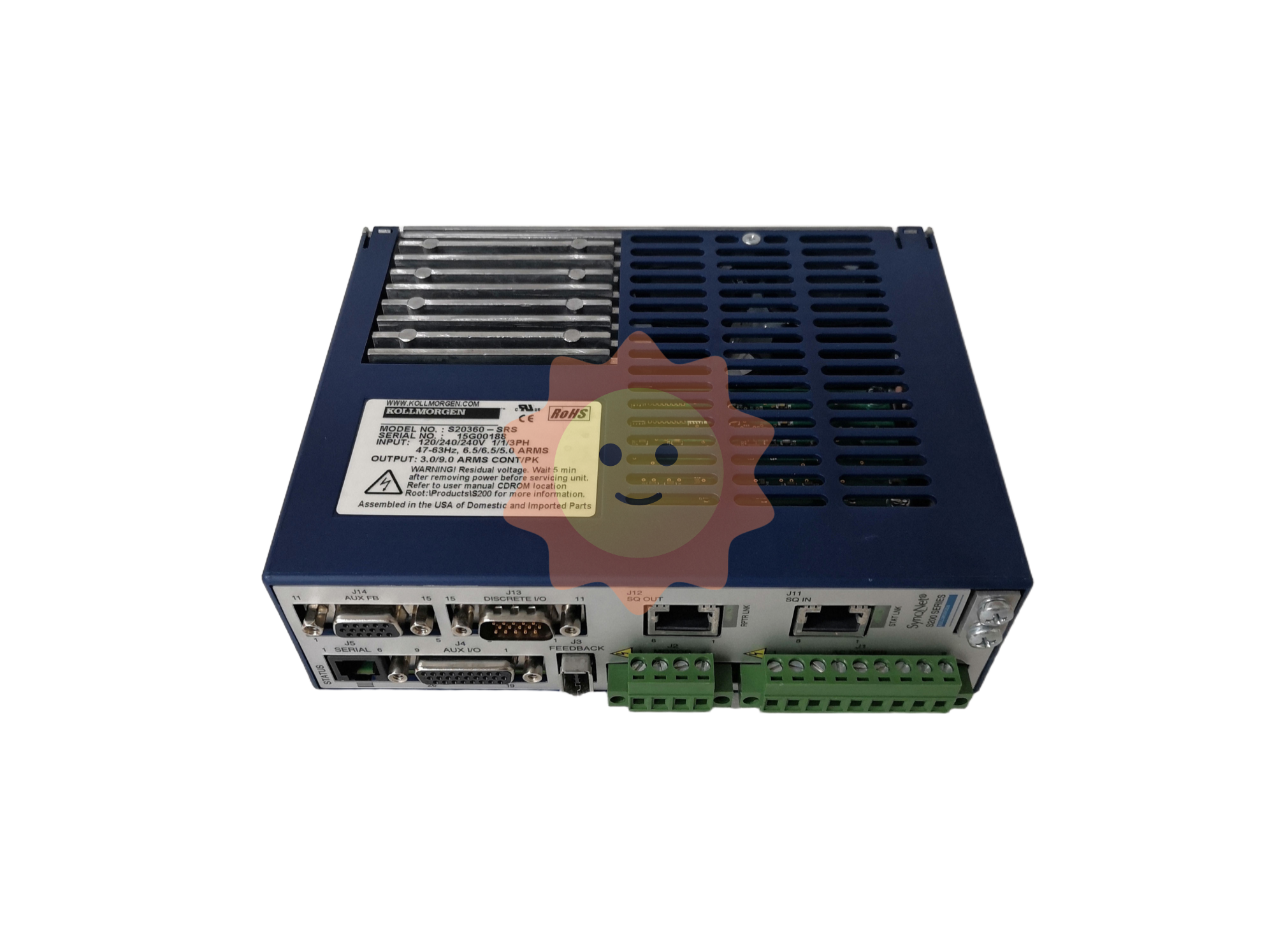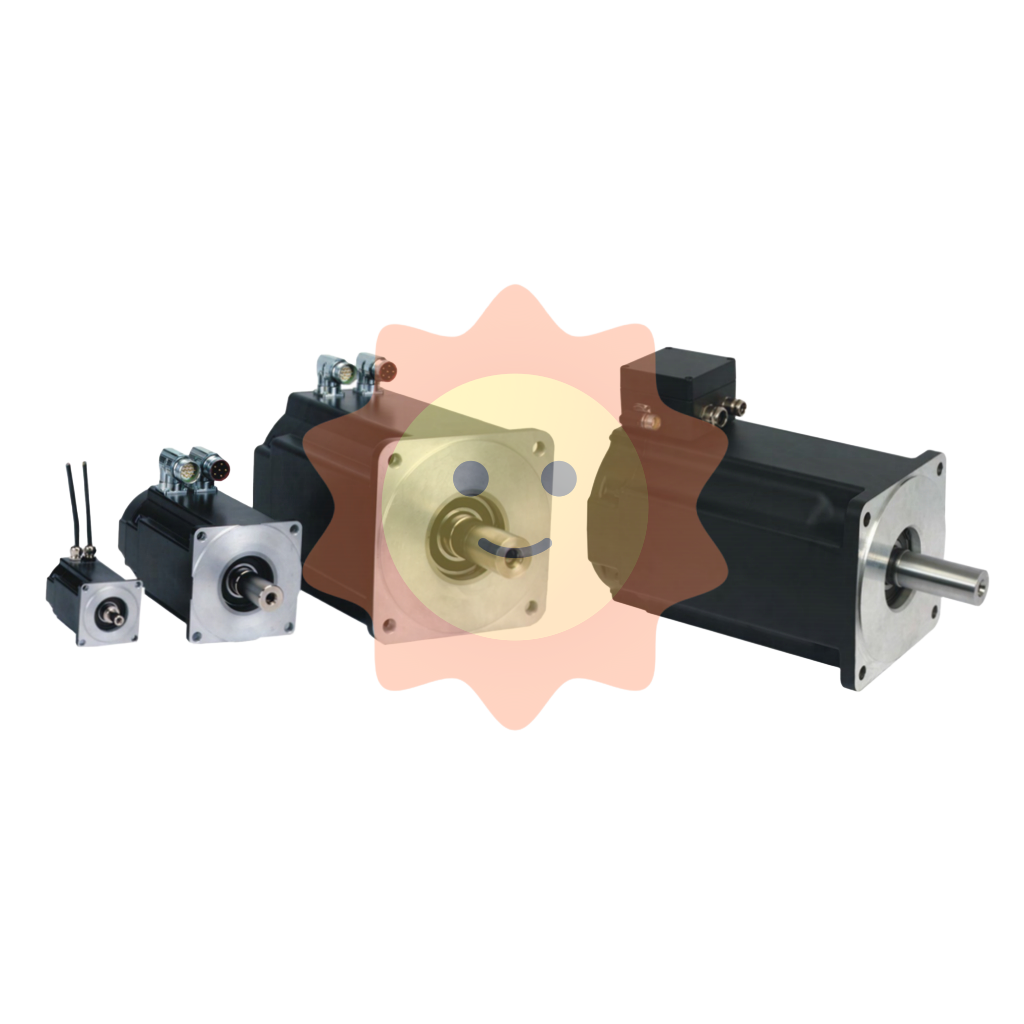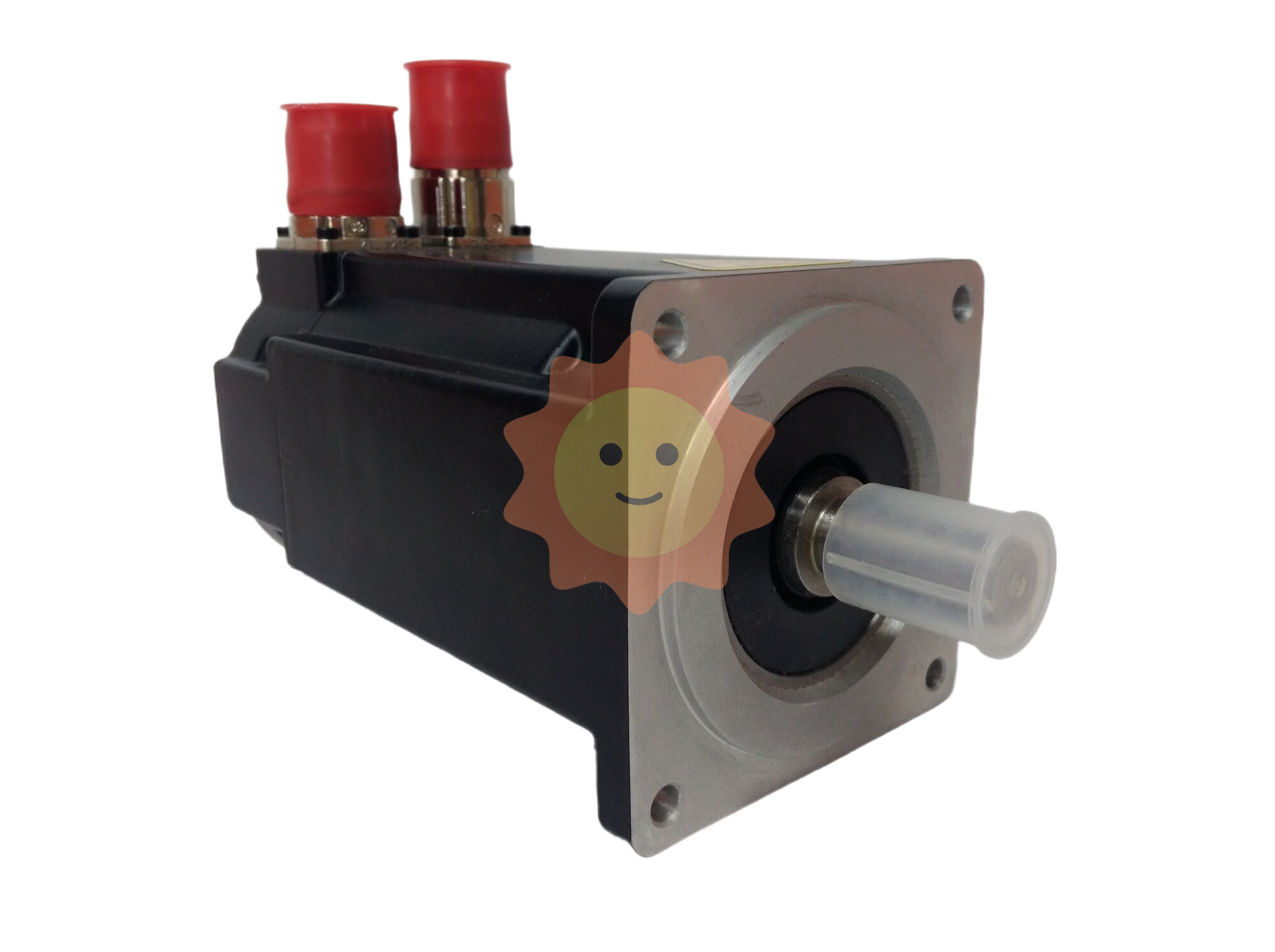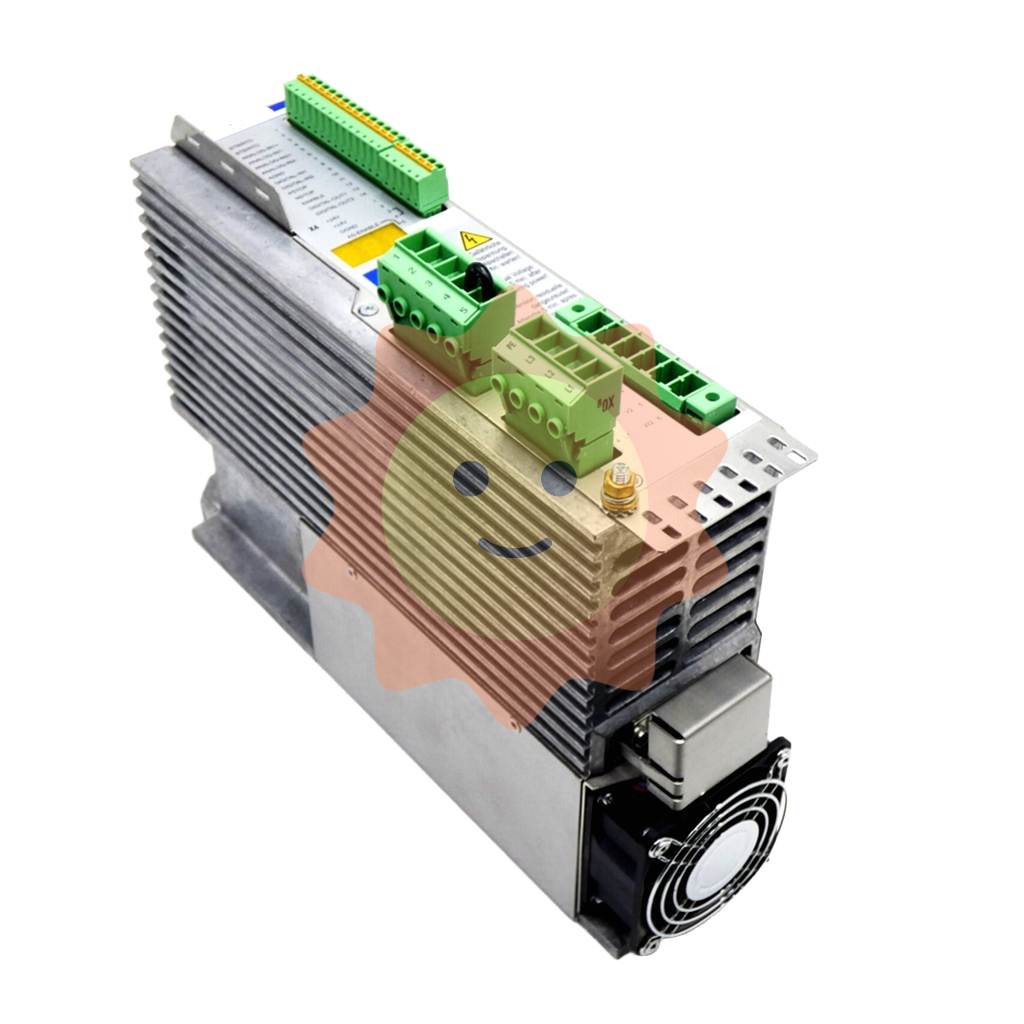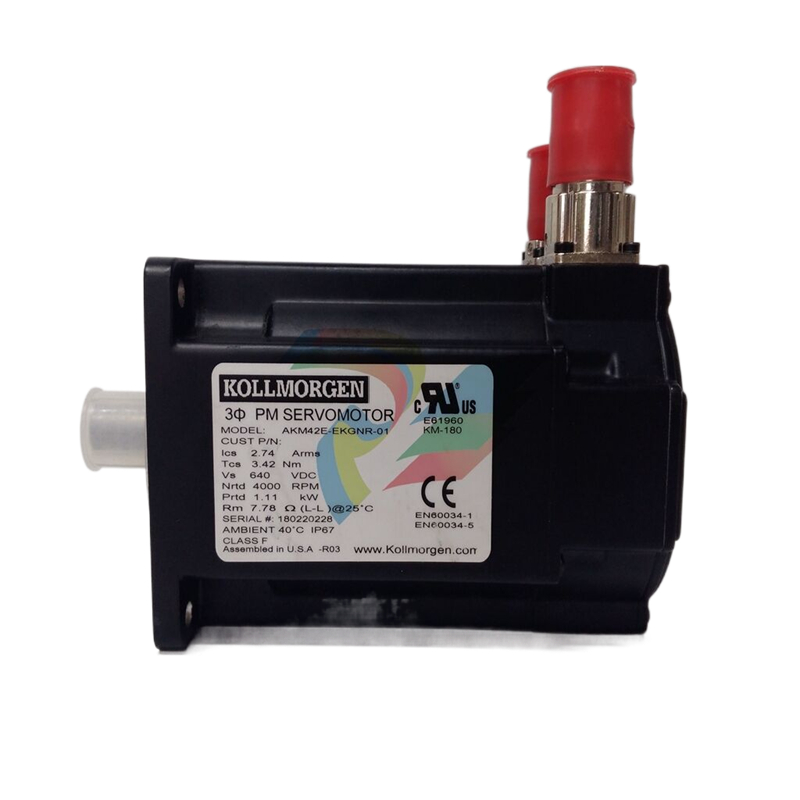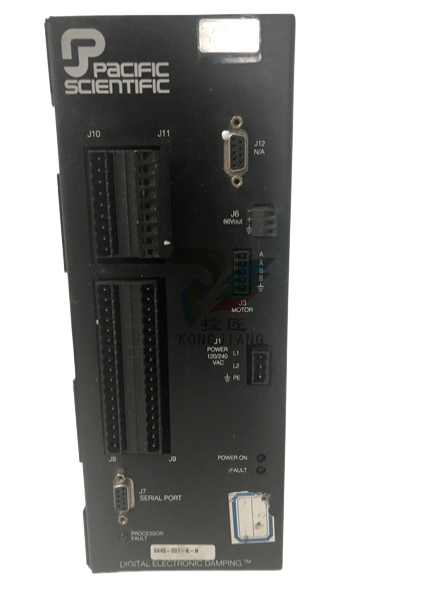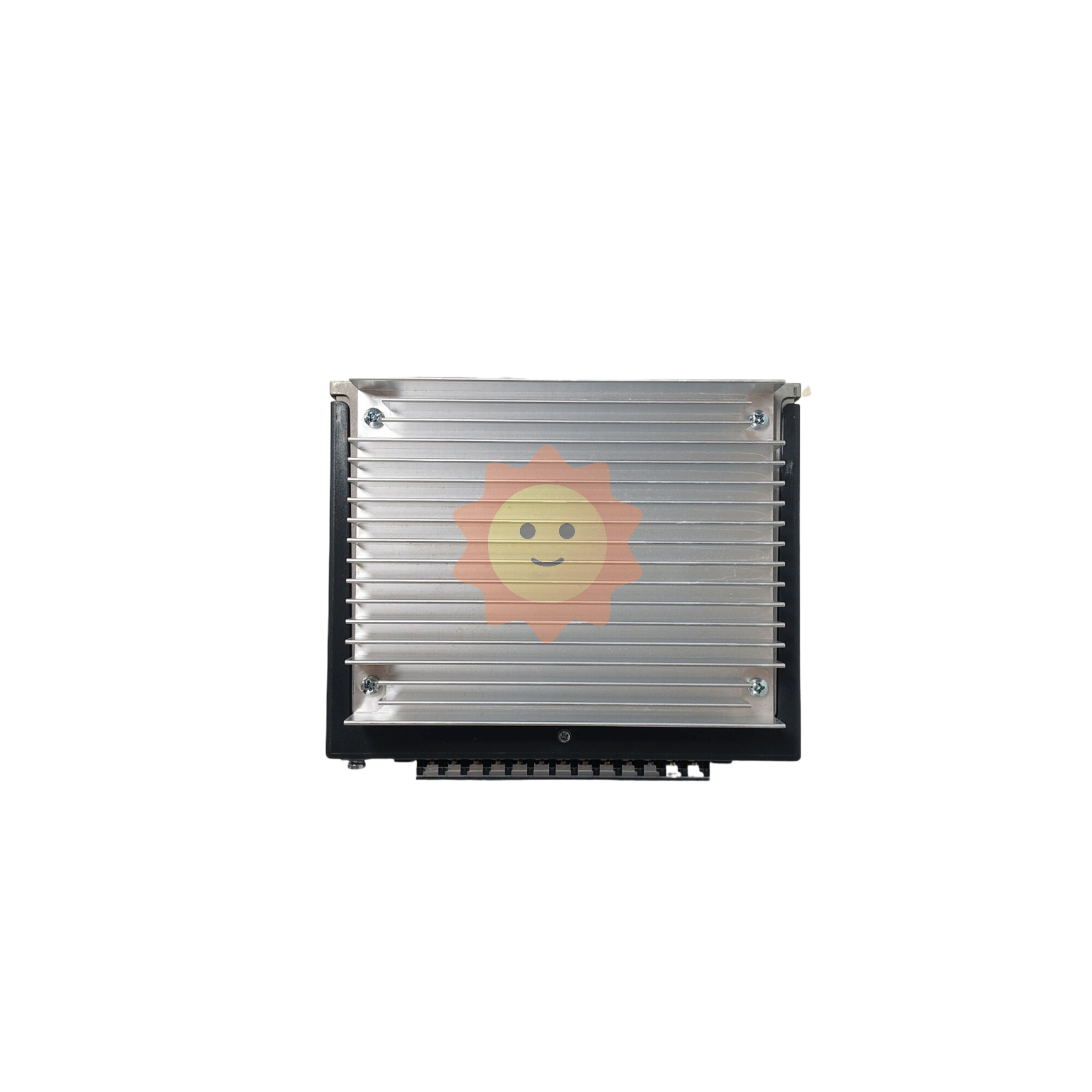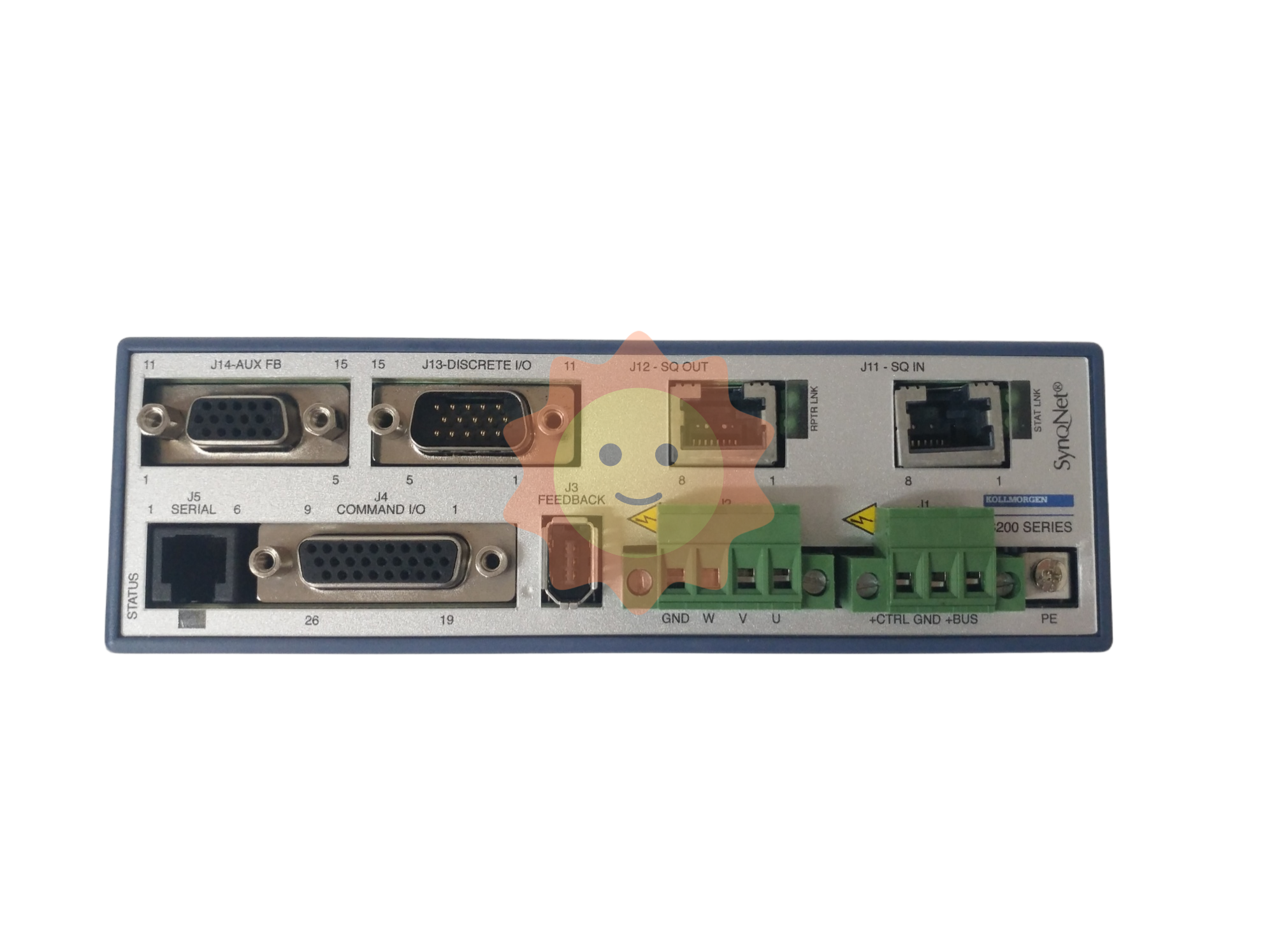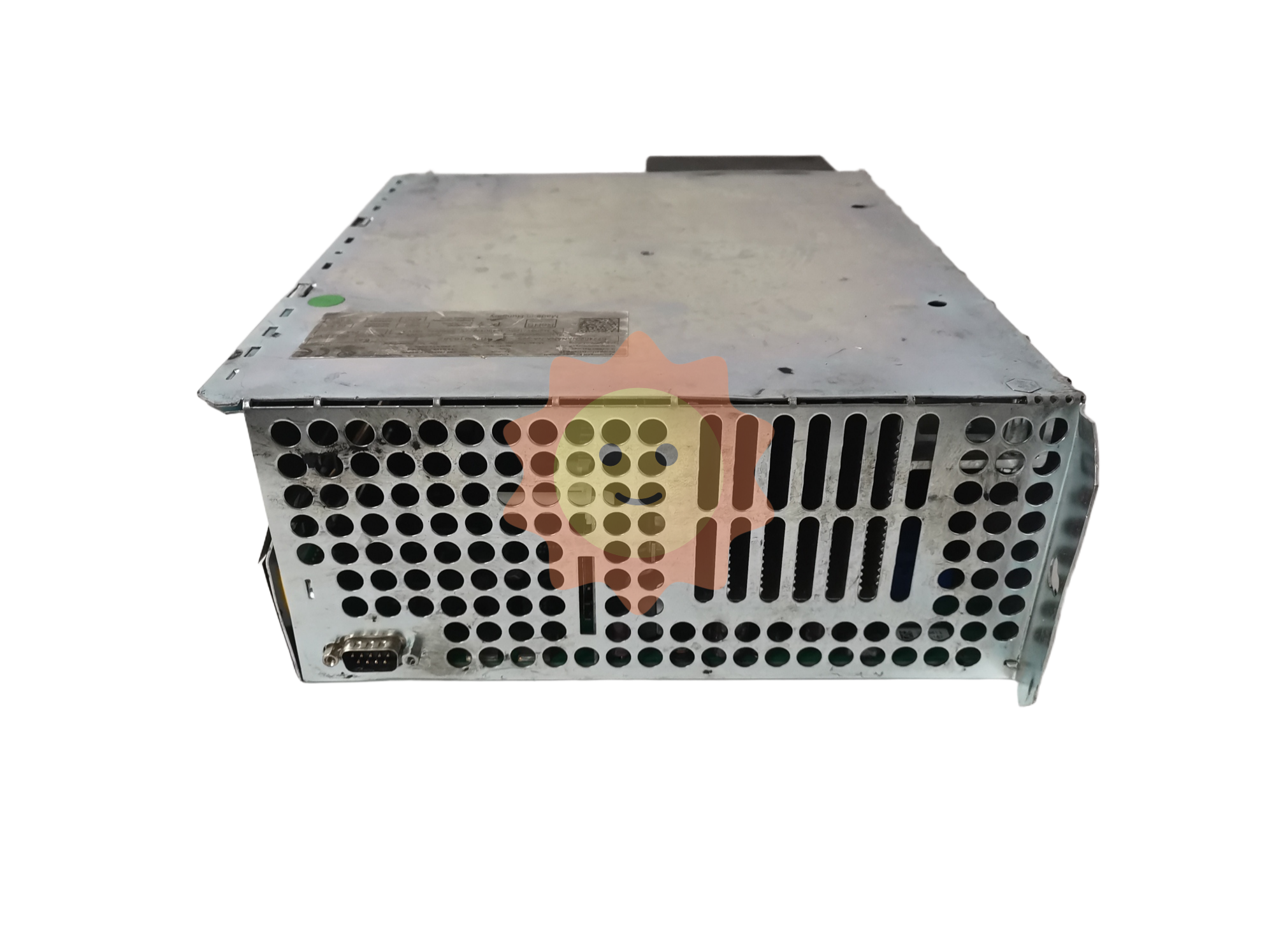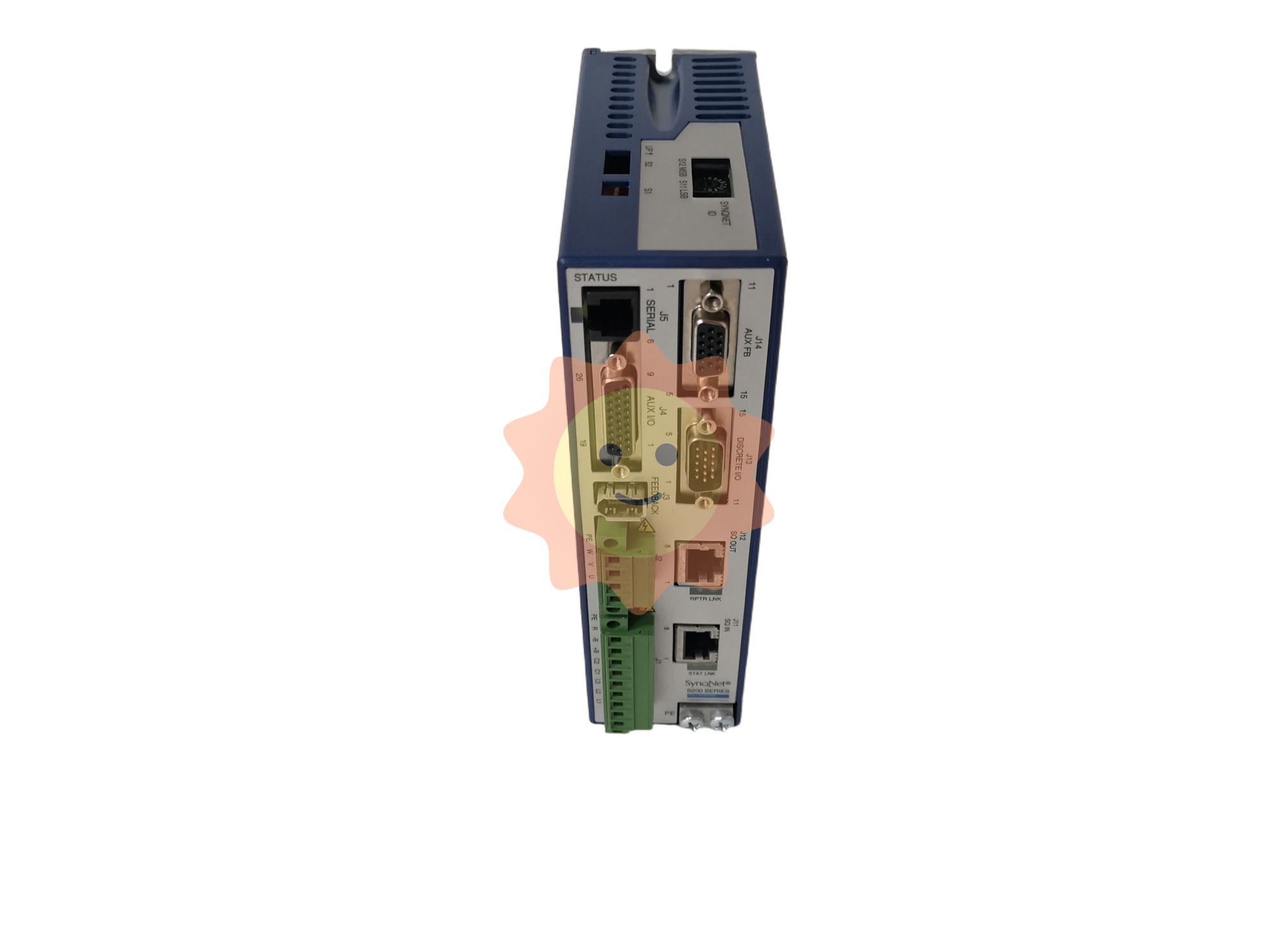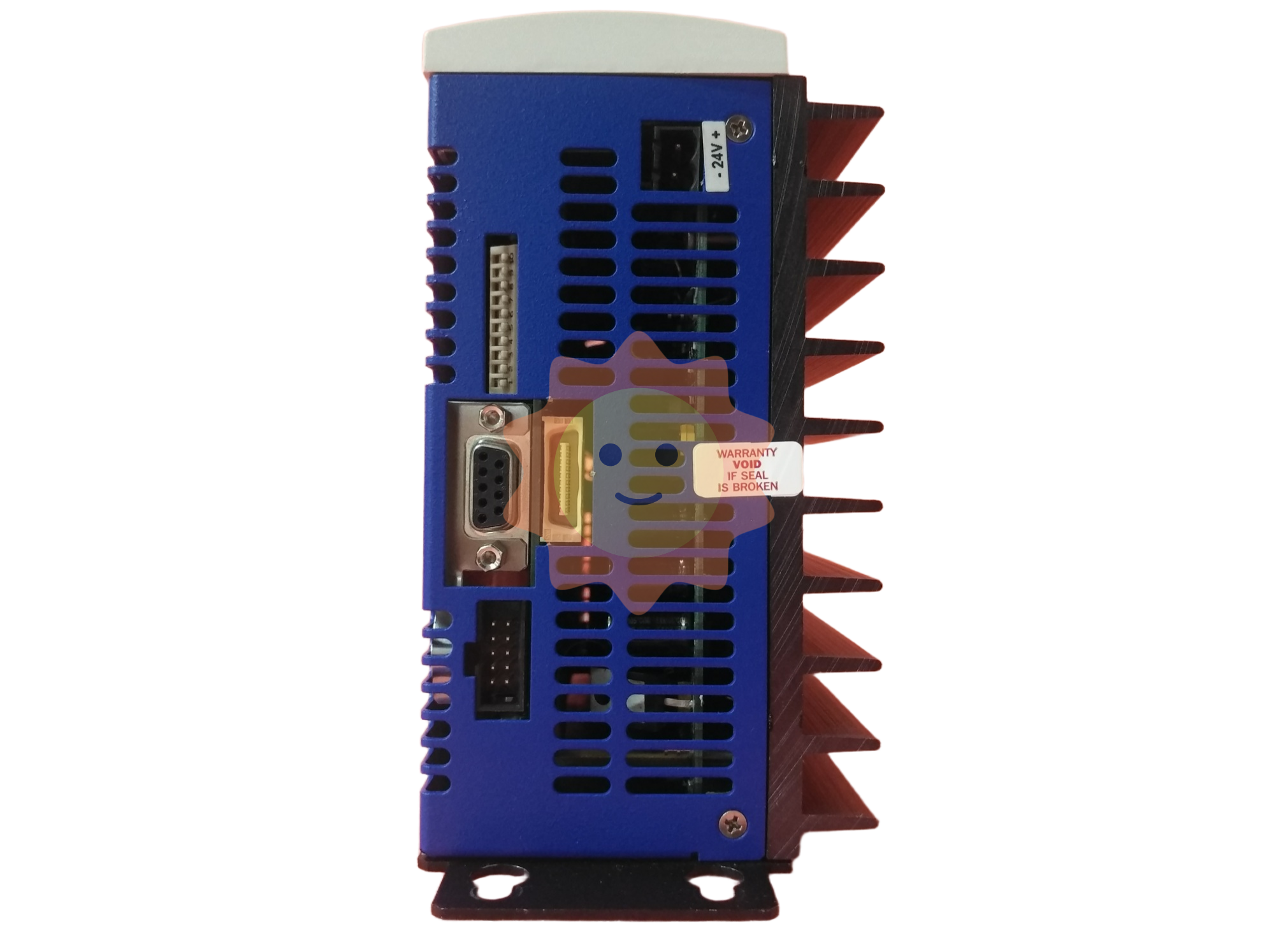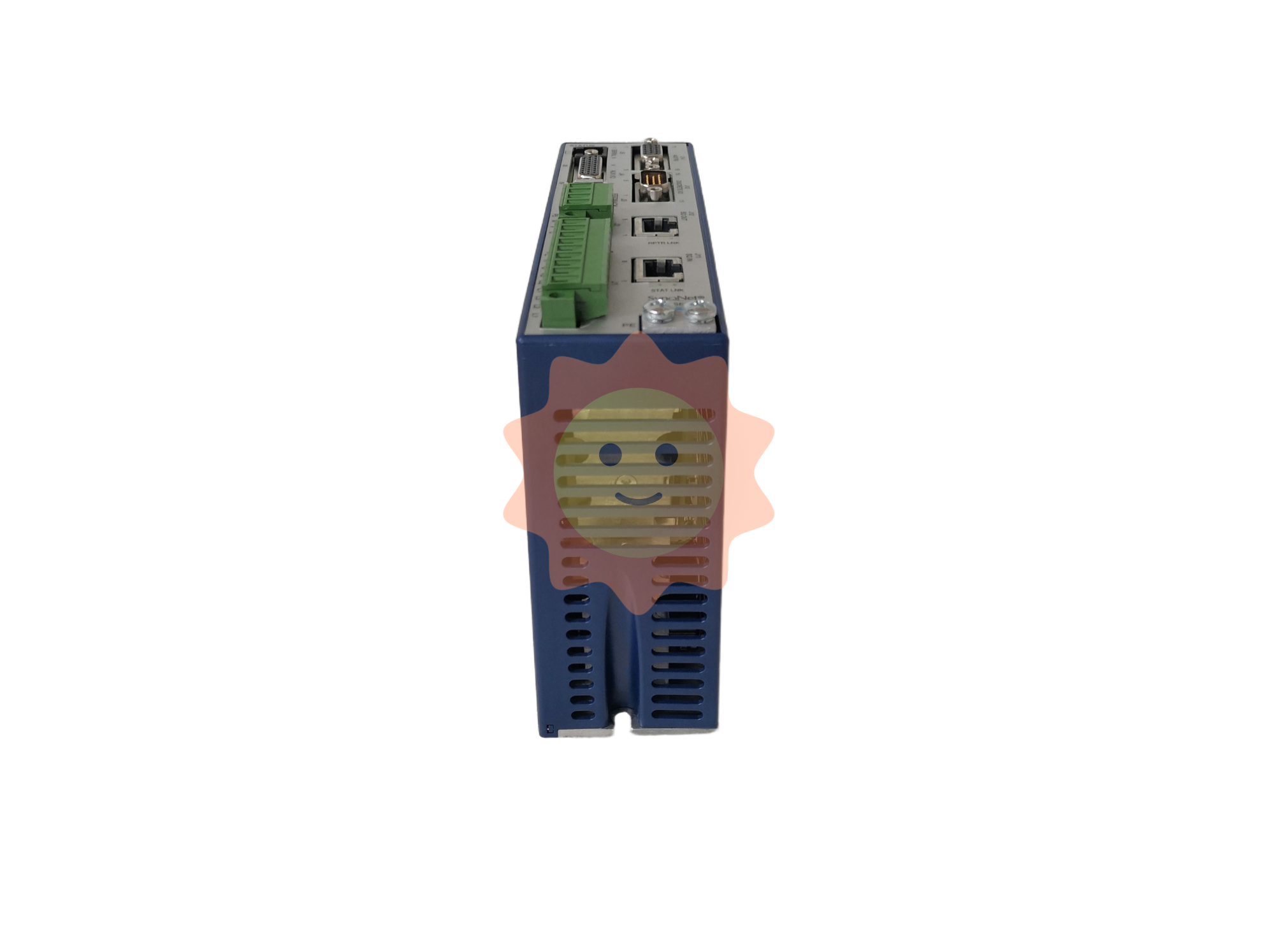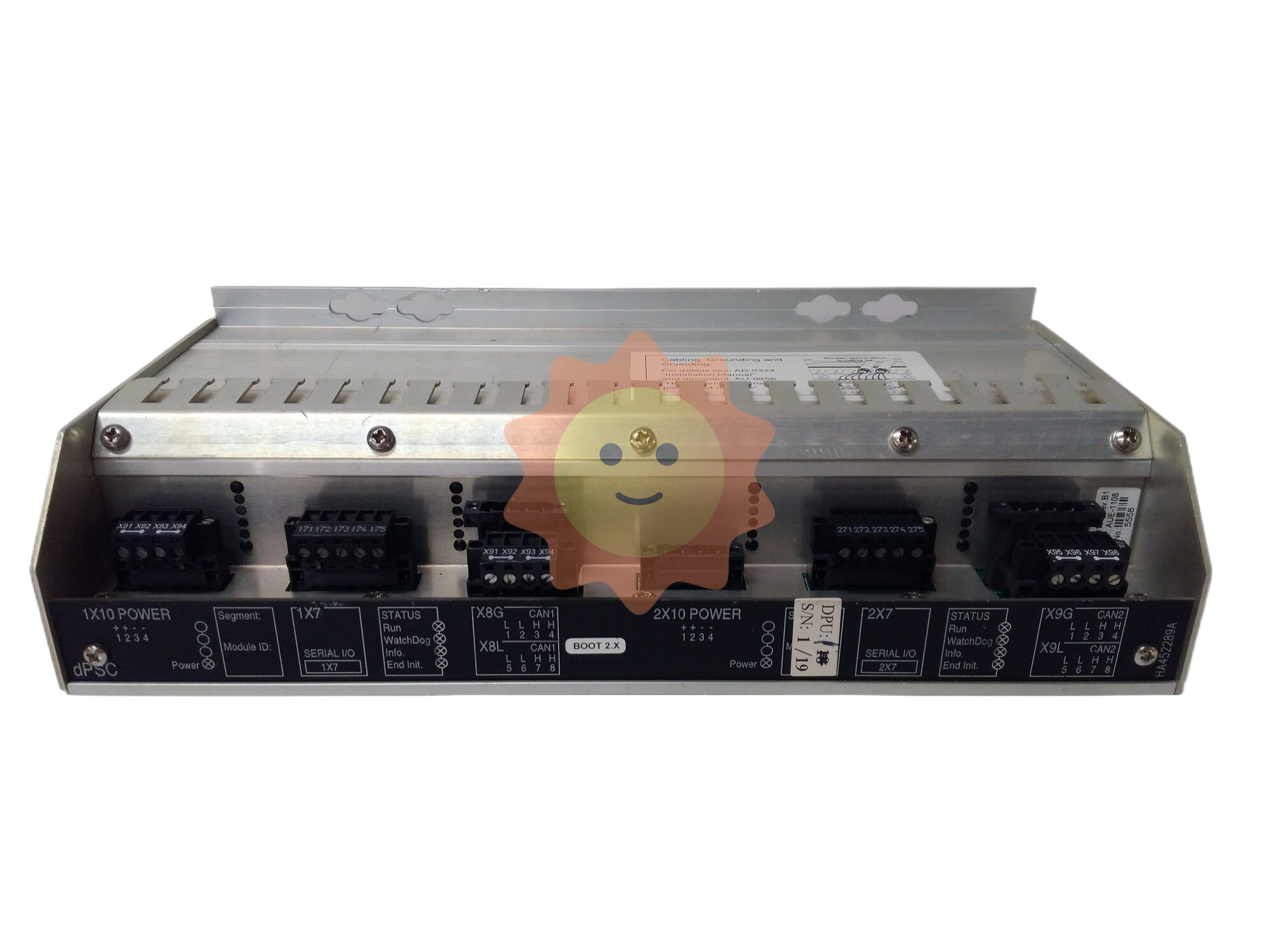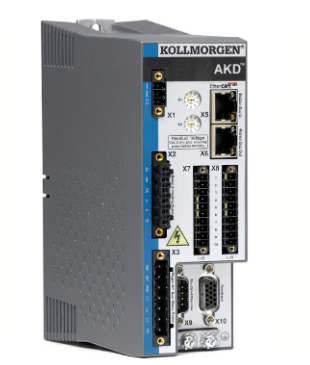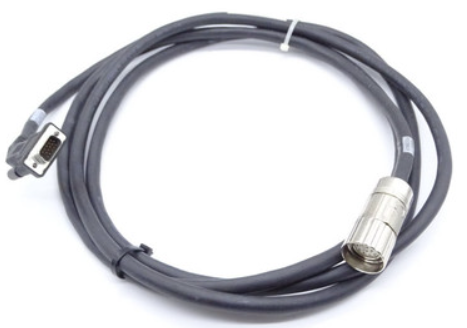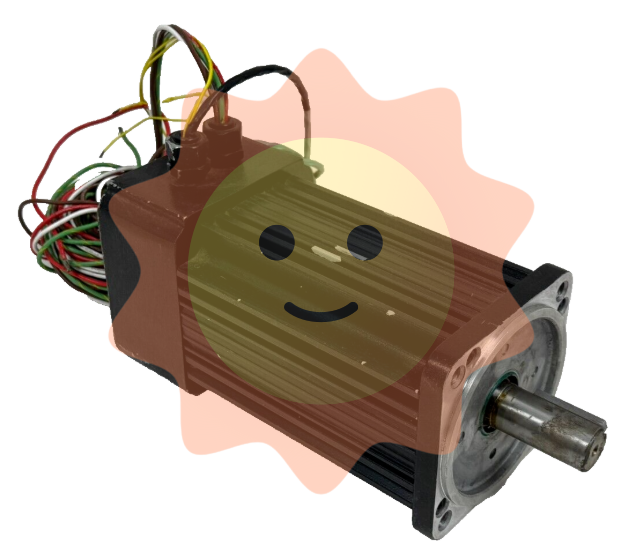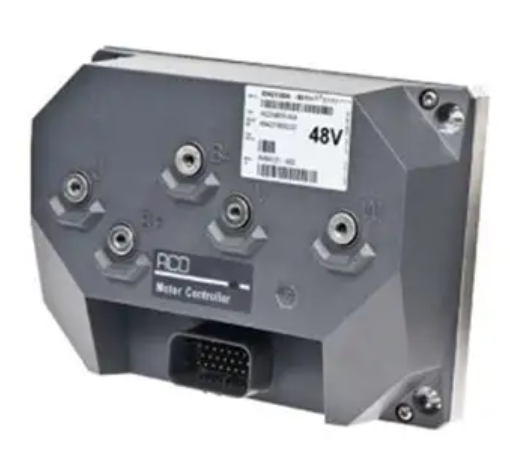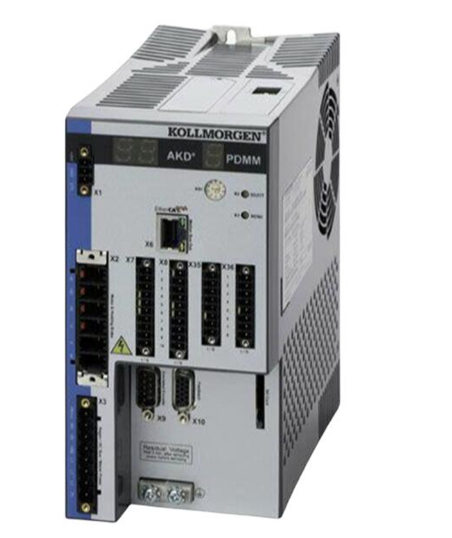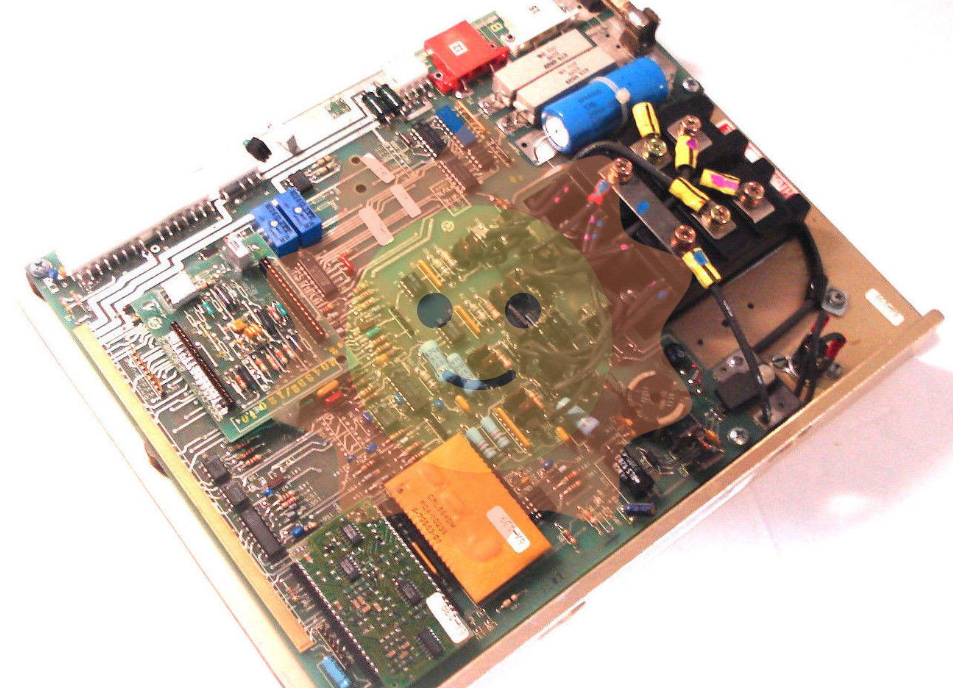Research on building a new power system framework with new energy as the main body
(2) New power system construction principles
Adhere to the problem-oriented, goal-oriented and scientific development principles to build a new power system, and actively and steadily promote the transformation.
Problem-oriented, that is, seize the main contradictions in the process of new energy development, take into account current difficulties and long-term challenges, and break through the bottleneck of new energy development through system reconstruction, technology and institutional innovation.
Goal-oriented, that is, to achieve the target of carbon peak and carbon neutrality on schedule as the mission, choose the appropriate technical route, "reverse" development path, and take into account energy and power security in the transformation process.
Scientific development, that is, fully consider the energy and power industry assets, capital, technology intensive, path dependence is strong, effectively reflect the technical characteristics of the power system and the law of development, to maintain gradual transition transformation and development.
(3) New power system construction ideas
Based on the above construction principles, research and judgment of the future new power system technology form, shape the network form and balance mode to adapt to the new power production structure, match the power supply and demand in space and time, and design a technically feasible and cost appropriate development path accordingly.

1. Technical form
In the future for a long time, the power system will still be dominated by AC technology, the main reasons are: first, the current national power system asset scale of more than 16 trillion yuan, 90% of the installed capacity of coal power in operation less than 20 a, the huge stock system is still based on AC technology, it is impossible to "brake" "sharp turn"; Second, the installed capacity and the proportion of power generation of synchronous power sources such as thermal power, hydropower and nuclear power are declining in the future, but they still occupy a considerable proportion (see Figure 1). For example, by 2060, synchronous power sources are expected to still occupy 25% of installed capacity and 44% of power generation, mainly operating in a "large start-up, small output" mode (the output proportion can reach 79%). Provide necessary regulation and support for the power system. Therefore, the future power system will develop in the inheritance, and maintain the technical form based on alternating current for a long time, and the basic principles and technical requirements will not be fundamentally changed; Ac power grid is still the grid basis of power system, all kinds of power directly or indirectly through AC technology into the grid.
2. Network configuration
First, AC/DC interconnection as a large power grid backbone. The basic national conditions of the inverse distribution of energy resources and demand in China, the randomness of new energy output, and the strong temporal and spatial correlation all determine that the recent AC-DC interconnection grid still needs to expand in order to meet the needs of long-distance large-scale transmission and cross-provincial/cross-regional consumption balance of new energy.
Second, multiple networking modes coexist. Ac power system needs the support of synchronous power supply, and it is difficult to adapt to local scenarios such as centralized development of new energy, offshore wind power, and large-scale distributed new energy access. We should encourage the development of distributed microgrids, pure DC power systems and other networking technologies, and choose technical routes according to local conditions.
3. Balance your form
Strive to use energy storage as a medium to gradually realize the development of electrolytic coupling. The real-time balance of the current power system depends on the conventional power supply with adjustable output, while the new power system will take the new energy power generation with unadjustable output as the main body, and the adjustment capacity of the generation side will be significantly reduced. It is necessary to fully tap the adjustment capacity of the load side by means of demand response and multi-energy complementary, synchronously develop secondary energy (energy storage) that can efficiently and bidirectional conversion with electric energy and can be stored in large quantities and long-term, so that the real-time balance of "power-use" becomes the real-time balance of "power-storage-use".
4. Development path
Build a new power system step by step. The energy and power industry is technology-intensive, and the huge stock assets that have been formed cannot be "knocked down and started over", and it is suitable to adopt a gradual and transitional development mode. In the near future, the demand for the rapid development of new energy is more urgent, and there is an urgent need for mature, economic and effective technology and product solutions to meet the corresponding challenges. In the long term, the current material and technical basis of the power system is difficult to match the needs of the new power system, and breakthroughs should be made in large-scale energy storage, efficient electrohydrogen conversion, CCUS (carbon capture, utilization and storage), pure DC networking and other disruptive technologies as soon as possible. Different technologies will lead to different power system forms, and there is great uncertainty in the future development path. To this end, in the near future, we should focus on tapping the potential of mature technologies, supporting the rapid development of new energy, and simultaneously carrying out disruptive technology research; In the long term, after the breakthrough of disruptive technology, the power system will be gradually transformed to adapt to the new form of disruptive technology.
- EMERSON
- Honeywell
- CTI
- Rolls-Royce
- General Electric
- Woodward
- Yaskawa
- xYCOM
- Motorola
- Siemens
- Rockwell
- ABB
- B&R
- HIMA
- Construction site
- electricity
- Automobile market
- PLC
- DCS
- Motor drivers
- VSD
- Implications
- cement
- CO2
- CEM
- methane
- Artificial intelligence
- Titanic
- Solar energy
- Hydrogen fuel cell
- Hydrogen and fuel cells
- Hydrogen and oxygen fuel cells
- tyre
- Chemical fiber
- dynamo
- corpuscle
- Pulp and paper
- printing
- fossil
- FANUC
- Food and beverage
- Life science
- Sewage treatment
- Personal care
- electricity
- boats
- infrastructure
- Automobile industry
- metallurgy
- Nuclear power generation
- Geothermal power generation
- Water and wastewater
- Infrastructure construction
- Mine hazard
- steel
- papermaking
- Natural gas industry
- Infrastructure construction
- Power and energy
- Rubber and plastic
- Renewable energy
- pharmacy
- mining
- Plastic industry
- Schneider
- Kongsberg
- NI
- Wind energy
- International petroleum
- International new energy network
- gas
- WATLOW
- ProSoft
- SEW
- wind
- ADVANCED
- Reliance
- YOKOGAWA
- TRICONEX
- FOXBORO
- METSO
- MAN
- Advantest
- ADVANCED
- ALSTOM
- Control Wave
- AB
- AMAT
- STUDER
- KONGSBERG
- MOTOROLA
- DANAHER MOTION
- Bently
- Galil
- EATON
- MOLEX
- Triconex
- DEIF
- B&W
- ZYGO
- Aerotech
- DANFOSS
- KOLLMORGEN
- Beijer
- Endress+Hauser
- MOOG
- KB


Email:wang@kongjiangauto.com



